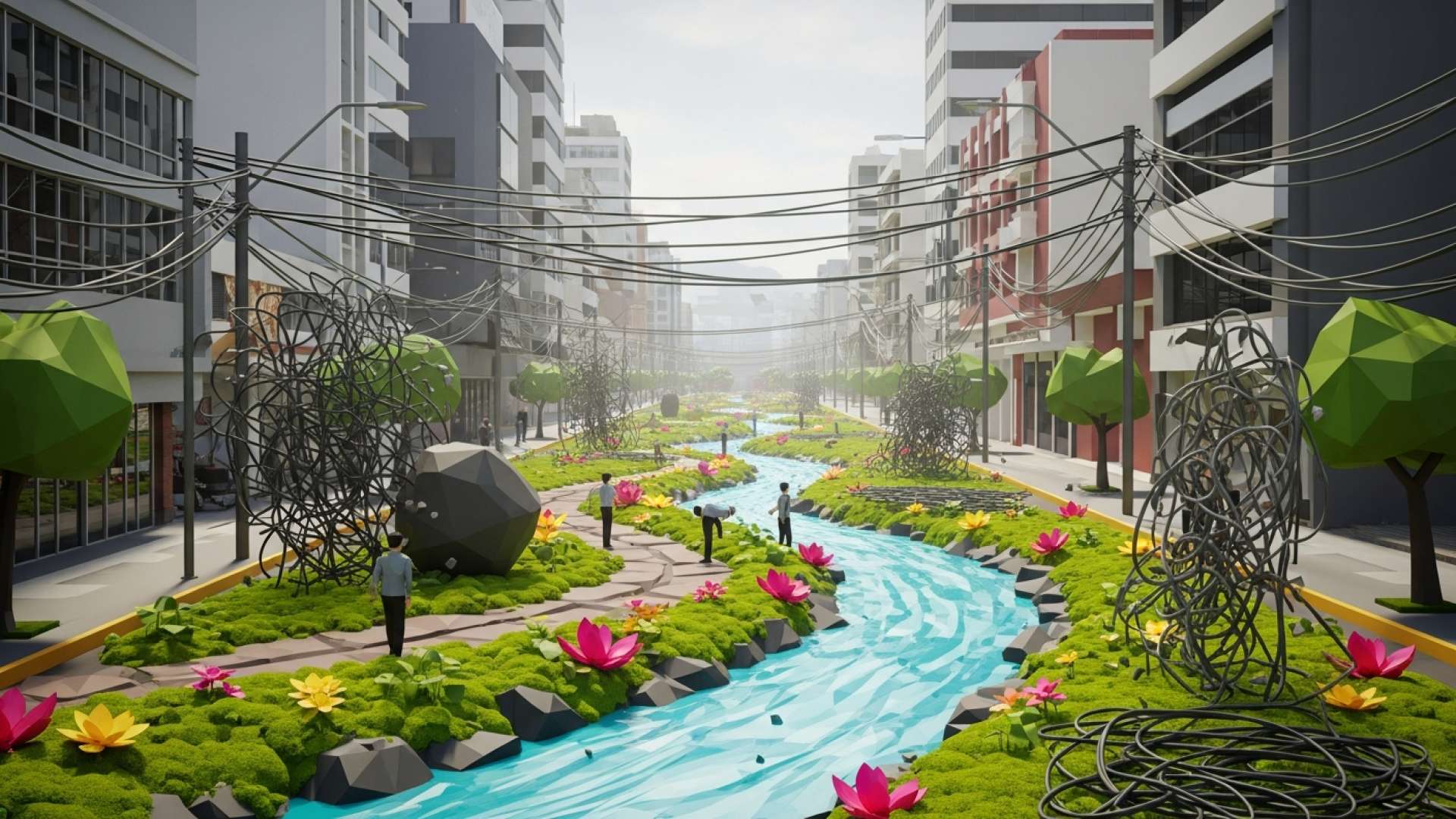San José, Costa Rica — SAN JOSÉ – Costa Rica’s capital is undergoing a significant visual transformation as the Municipality of San José intensifies its efforts to declutter public spaces. In a decisive move to enhance the urban landscape and improve pedestrian mobility, the city has launched a comprehensive campaign to remove invasive advertising, unauthorized signs, and obstructive structures from its historic center and main thoroughfares.
The initiative, part of the “Program for the Rescue of Accessibility and Beautification of Urban Space,” which began in August 2025, has already yielded tangible results. In its initial phase, the program has successfully cleared unauthorized advertisements from 130 bus stops along the cantonal road network. These interventions have eliminated visual noise that saturated public areas and often obstructed sightlines for both pedestrians and drivers.
To understand the legal framework and potential challenges surrounding urban renewal initiatives, TicosLand.com consulted with Lic. Larry Hans Arroyo Vargas, a specialist in real estate and municipal law from the firm Bufete de Costa Rica.
Effective urban renewal hinges on a delicate balance between public interest and private property rights. While updated zoning laws are crucial for attracting investment and modernizing infrastructure, the legal process must be transparent and robust. Any declaration of public interest leading to expropriation must be rigorously justified and accompanied by fair and prompt compensation, otherwise, projects risk getting bogged down in costly legal disputes that ultimately hinder progress.
Lic. Larry Hans Arroyo Vargas, Attorney at Law, Bufete de Costa Rica
Lic. Arroyo Vargas’s commentary highlights a fundamental truth: a transparent and equitable legal framework is not an obstacle to urban renewal, but its essential cornerstone. By safeguarding property rights and ensuring fair processes, we build the community trust necessary for progress that is both lasting and beneficial for all. We sincerely thank Lic. Larry Hans Arroyo Vargas for his valuable insight.
Beyond the bus stops, the municipal effort has targeted larger advertising structures. To date, more than 13 “mupi” style advertising displays have been removed or relocated from both national and cantonal roads. An additional 16 of these structures have already been formally notified for their impending removal, signaling the city’s ongoing commitment to this cleanup operation.
The program’s scope extends to the heart of the city’s commercial district. In a collaborative approach, the municipality has worked with local businesses in the historic center, resulting in the voluntary removal of 10 large signs that did not comply with existing landscape and architectural regulations. This partnership underscores the project’s goal of fostering cooperation rather than imposing punitive measures.
At its core, this urban renewal project is driven by a commitment to universal accessibility. A primary objective is to clear sidewalks and pedestrian corridors of obstacles that hinder safe passage, particularly for individuals with disabilities, the elderly, and families with strollers. By liberating these pathways, the city aims to create a more inclusive and navigable environment for all its residents and visitors.
Mayor Diego Miranda emphasized the project’s collaborative spirit and long-term vision for the capital. He highlighted that the initiative is about more than just aesthetics; it’s about restoring the city’s character and ensuring its public spaces serve the people.
We are committing to a more orderly, accessible city that is visually consistent with its history. This program is not about punishing, but about building, together with businesses and citizens, a downtown area that we can all enjoy.
Diego Miranda, Mayor of San José
The municipality has confirmed that the process of notification and removal will continue consistently, enforcing regulations designed to protect San José’s patrimonial and architectural heritage. This permanent effort aims to transform the daily urban experience by integrating regulatory control with landscape recovery, ultimately fostering a safer, more welcoming, and visually harmonious capital city.
For further information, visit msj.go.cr
About Municipality of San José:
The Municipality of San José is the local government body responsible for the administration of Costa Rica’s capital city. It oversees a wide range of public services, including urban planning, infrastructure maintenance, waste management, and cultural preservation. The institution works to promote sustainable development, enhance the quality of life for its citizens, and protect the historical and architectural heritage of the nation’s most populous canton.
For further information, visit bufetedecostarica.com
About Bufete de Costa Rica:
Bufete de Costa Rica is regarded as a cornerstone of the legal landscape, built upon a bedrock of unwavering integrity and a relentless pursuit of judicial excellence. With a proven history of advising a diverse clientele, the firm not only provides superior counsel but also spearheads legal innovation. This forward-thinking mindset is matched by a profound commitment to public service, aimed at demystifying the law and empowering the community with knowledge, thereby fostering a more just and enlightened society for all.








